



EARLDOM OF
Wigtownshire|unknown
Wigtoun (also known as Wigton or Wigtown) is a town on the western shore of Wigtoun Bay, traditionally a trading port. Its name comes from wic meaning either a village or a bay and ton meaning either a town or a hill.
The area has been in human occupation since prehistory as evidenced by the Standing Stones of Torhousekie, a large stone circle. There has been a Christian church there since at least the sixth century.
1908 OS map Wigtownshire XXI.11. Reproduced with the permission of the National Library of Scotland. (CC BY NLS)
the execution by drowning of two women for nonconformity to the Church in the seventeenth century.
Martyr’s Stake, Wigtown © 2020 Billy McCrorie (CC BY-SA 2.0)
as we know it was held for King Edward I of England, and Sir William Wallace is said to have captured it in 1297. For a time, the castle was held by John Balliol, King of Scotland, and served as a royal residence.
In the fourteenth century, Malcolm Fleming was made Earl of Wigtoun, though his son Thomas sold the earldom to the powerful Douglas family. The Douglases, in turn, fell afoul of the Crown, and their estates and titles were forfeit.
Isaac Taylor, John Balliol, 1249 - 1315. King of Scots|National Galleries of Scotland (CC-BY NC)
in support of King Charles I during the civil wars of the mid-seventeenth century. His son John, who later became 3rd Earl of Wigtoun, was also a Royalist and fought at the Battle of Philiphaugh in 1645. William Fleming, 5th Earl of Wigtoun, was educated at Glasgow University and had a military career before inheriting his brother’s lands and titles. He rose to be Commander of Dumbarton Castle, Sheriff of Dumbarton, and a Privy Councillor. John Fleming, 6th Earl of Wigtoun, continued his family’s ancestral support of the House of Stuart and accompanied King James VII when he fled to France in 1689. On Wigtoun’s return to Scotland he was an opponent of the Treaty of Union. At the outbreak of the Jacobite Rising of 1715, he was imprisoned in Edinburgh Castle as a suspected Jacobite sympathiser.
Bird Hide at Wigtown Harbour
© 2010 Andy Farrington (CC BY-SA 2.0)
The family continued to hold these estates down to the assignation of the feudal Earldom of Wigtoun to John William Burns of Kilmahew in 1876. In 2023, the feudal Earldom is held by Dr. Roland Zettel.
Market Cross, Wigtown © 2020 Billy McCrorie (CC BY-SA 2.0)






Wigtownshire|unknown
Wigtoun (also known as Wigton or Wigtown) is a town on the western shore of Wigtoun Bay, traditionally a trading port. Its name comes from wic meaning either a village or a bay and ton meaning either a town or a hill.
The area has been in human occupation since prehistory as evidenced by the Standing Stones of Torhousekie, a large stone circle. There has been a Christian church there since at least the sixth century.
1908 OS map Wigtownshire XXI.11. Reproduced with the permission of the National Library of Scotland. (CC BY NLS)
the execution by drowning of two women for nonconformity to the Church in the seventeenth century.
Martyr’s Stake, Wigtown © 2020 Billy McCrorie (CC BY-SA 2.0)
as we know it was held for King Edward I of England, and Sir William Wallace is said to have captured it in 1297. For a time, the castle was held by John Balliol, King of Scotland, and served as a royal residence.
In the fourteenth century, Malcolm Fleming was made Earl of Wigtoun, though his son Thomas sold the earldom to the powerful Douglas family. The Douglases, in turn, fell afoul of the Crown, and their estates and titles were forfeit.
Isaac Taylor, John Balliol, 1249 - 1315. King of Scots|National Galleries of Scotland (CC-BY NC)
in support of King Charles I during the civil wars of the mid-seventeenth century. His son John, who later became 3rd Earl of Wigtoun, was also a Royalist and fought at the Battle of Philiphaugh in 1645. William Fleming, 5th Earl of Wigtoun, was educated at Glasgow University and had a military career before inheriting his brother’s lands and titles. He rose to be Commander of Dumbarton Castle, Sheriff of Dumbarton, and a Privy Councillor. John Fleming, 6th Earl of Wigtoun, continued his family’s ancestral support of the House of Stuart and accompanied King James VII when he fled to France in 1689. On Wigtoun’s return to Scotland he was an opponent of the Treaty of Union. At the outbreak of the Jacobite Rising of 1715, he was imprisoned in Edinburgh Castle as a suspected Jacobite sympathiser.
Bird Hide at Wigtown Harbour
© 2010 Andy Farrington (CC BY-SA 2.0)
The family continued to hold these estates down to the assignation of the feudal Earldom of Wigtoun to John William Burns of Kilmahew in 1876. In 2023, the feudal Earldom is held by Dr. Roland Zettel.
Market Cross, Wigtown © 2020 Billy McCrorie (CC BY-SA 2.0)








Contact
Forum for the Scottish Baronage, c/o Brodies LLP, Capital Square, 58 Morrison Street, Edinburgh EH3 8BP, Scotland UK
Copyright
Copyright 2022, Forum for The Scottish Baronage, as a collective work, all additional rights to content contributed and/or licensed contained herein are expressly reserved to such contributors and licensors as independently owned and protected copyrighted works.





